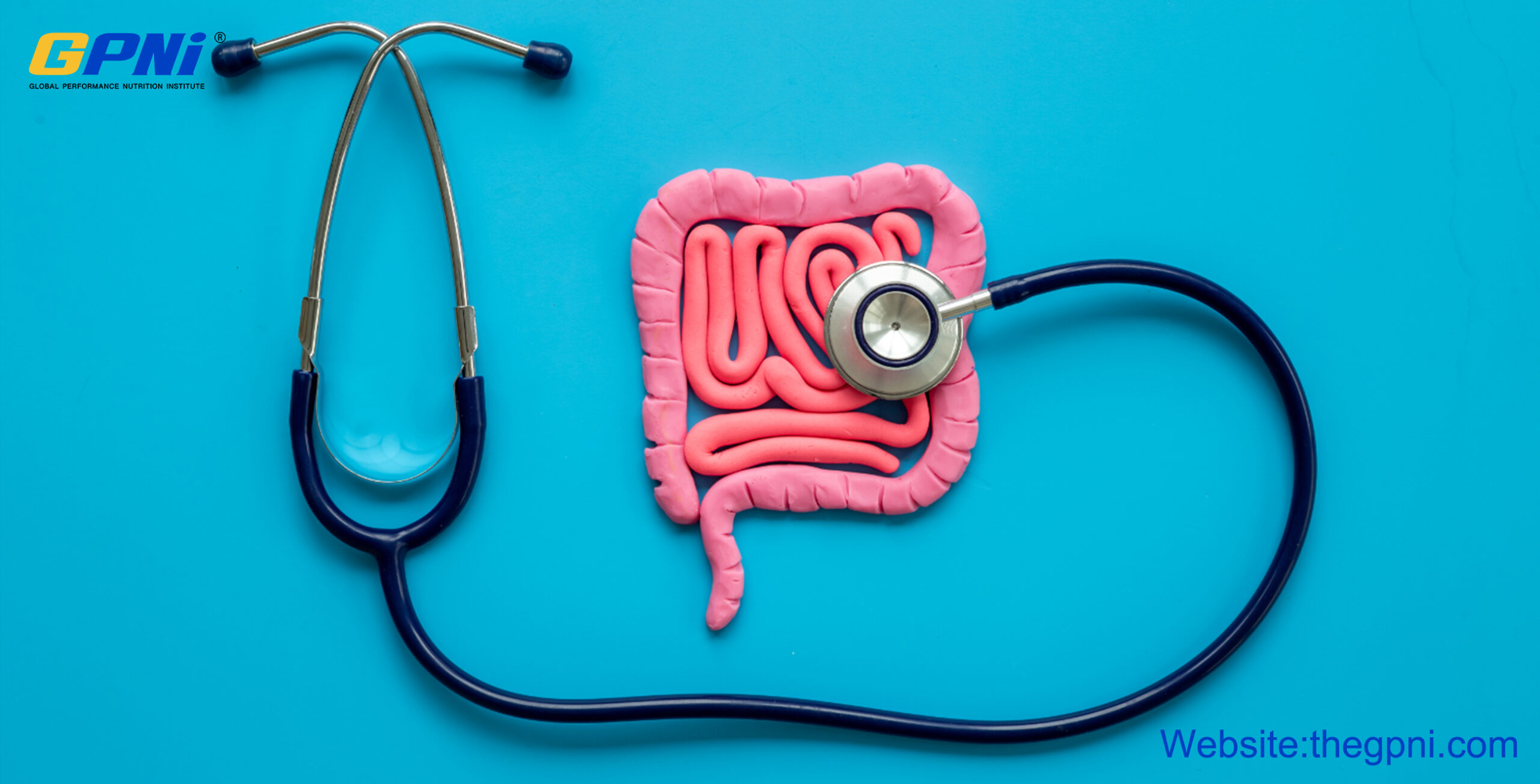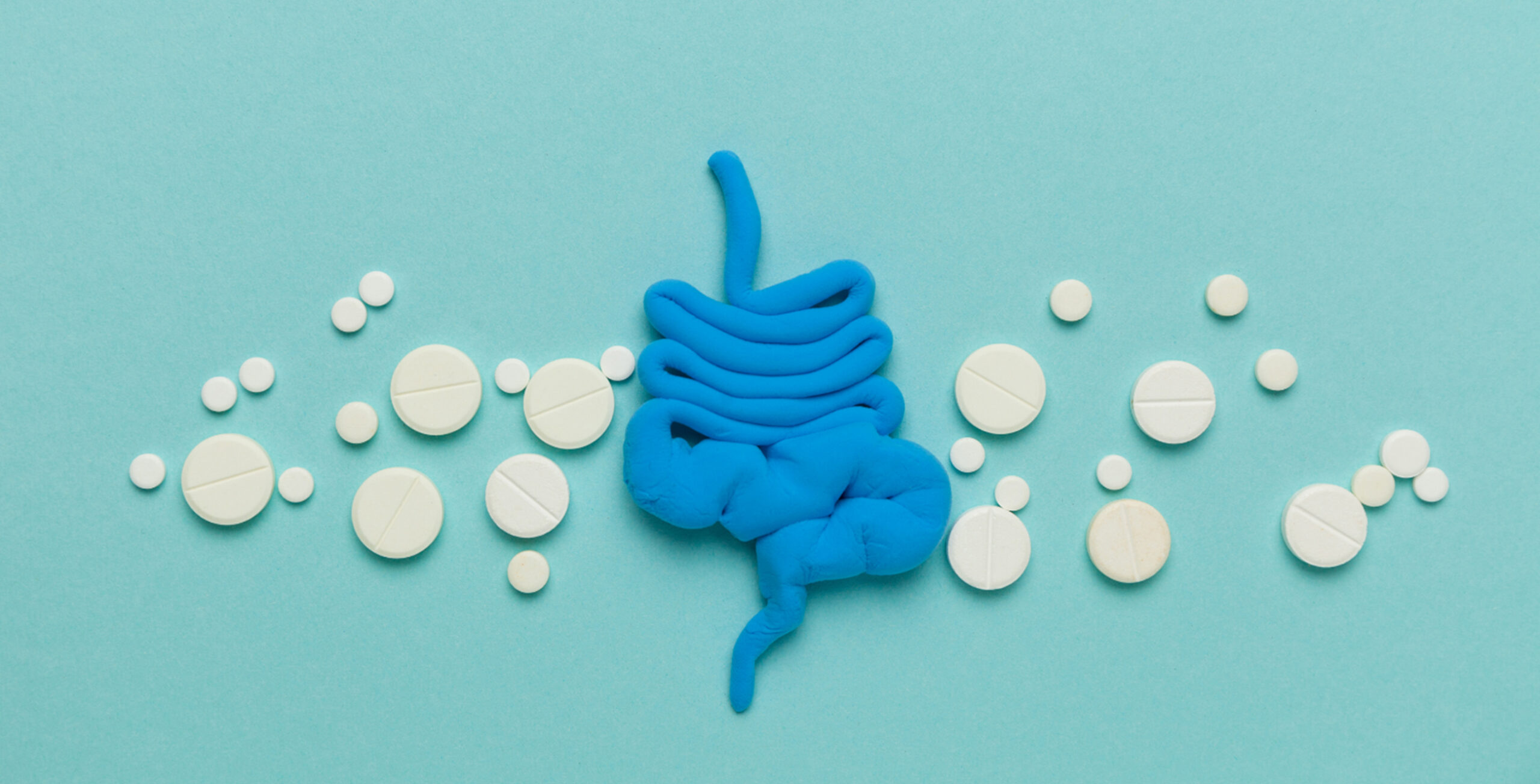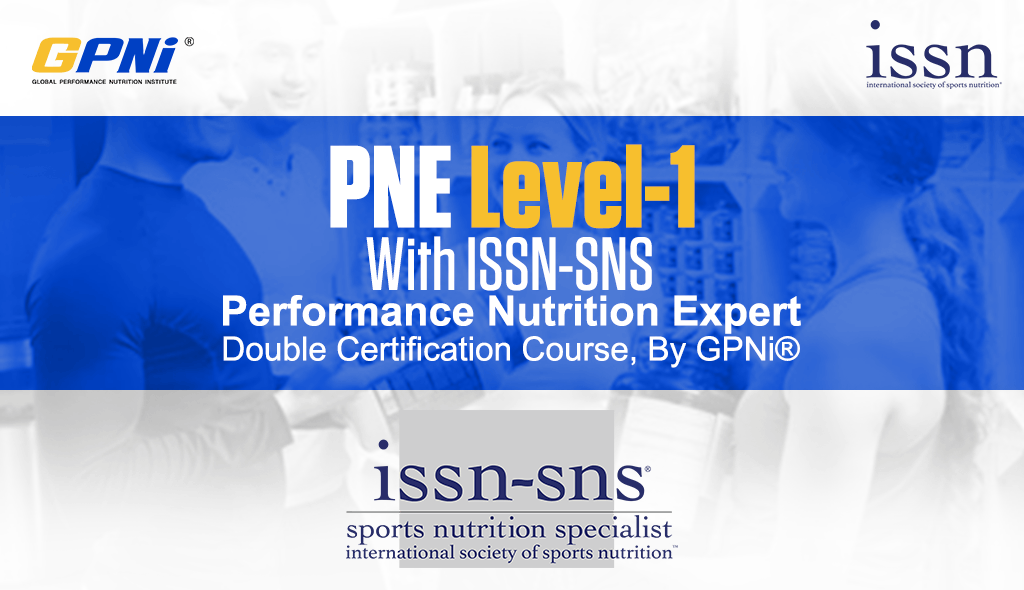Bloating, diarrhea, increased frequency of bowel movements, and other digestive discomforts have become common complaints for many modern people. These issues often recur, and even visits to the hospital may not bring noticeable improvement, severely affecting both daily life and work. These symptoms are typically associated with Irritable Bowel Syndrome (IBS), and treatment methods include dietary adjustments, medication, and more.
Let’s take a look at the dietary treatment for IBS. Reducing food intolerances, minimizing irritating foods, and opting for smaller, more frequent meals can significantly alleviate these symptoms. Recent studies suggest that cutting back on certain short-chain carbohydrates can notably improve intestinal symptoms. Short-chain carbohydrates include oligosaccharides, disaccharides, monosaccharides, and others. These carbohydrates are not fully absorbed in the small intestine because they have certain osmotic properties. On one hand, the small intestine lacks the enzymes required to digest such sugars—such as the absence of β-glycosidase, which results in the inability to break down fructans and fibers in the small intestine. On the other hand, fructose requires glucose to be absorbed in the small intestine.
We refer to these types of sugars as part of the FODMAP diet. Ordinary long-chain fibers, due to their longer fermentation times, do not fall into this category.
“FODMAP” stands for Fermentable Oligosaccharides, Disaccharides, Monosaccharides And Polyols, collectively known as fermentable carbohydrates.
These carbohydrates are fermented by bacteria in the gut, producing gas that can lead to bloating and other digestive discomforts. Foods containing these carbohydrates include staples, vegetables, fruits, beans, nuts, and drinks. Examples include pasta, buckwheat, apples, peaches, watermelon, onions, garlic, cruciferous vegetables, mushrooms, soybeans, black beans, cashews, milk, and more.

Low FODMAP Foods
Fruits: Bananas, blueberries, raspberries, cantaloupe, cranberries, durian, grapes, grapefruit, honeydew, kiwi, lemons, limes, oranges, organic cucumbers, passion fruit, papaya, strawberries, tangerines.
Vegetables: Alfalfa, bamboo shoots, bean sprouts, bok choy, carrots, celery, choko, chicory, ginger, green peas, lettuce, olives, parsley, potatoes, pumpkin, red peppers, sweet potatoes, spinach, Swedish turnips, yams, tomatoes, turnips, zucchini.
Grains: Gluten-free bread or grain products, rice, oats, polenta, taro, millet, psyllium, quinoa, sorghum, cassava.
Dairy: Lactose-free milk, oat milk, rice milk, soy milk, hard cheeses, brie, camembert, lactose-free yogurt, ice cream, sorbet.
Other: Tofu, sugar (sucrose), glucose, artificial sweeteners, golden syrup, maple syrup, molasses, syrups.
How to Follow a Low FODMAP Diet?
To reduce FODMAP foods intake, you can use an elimination method. In case of recurring symptoms, gradually identify which foods may be causing discomfort and make a note of them.
For example, if you notice that consuming carrots, onions, broccoli, milk, spring onions, and soybeans leads to bloating or diarrhea, you could avoid these foods for the next two weeks and observe whether any symptoms appear. If the symptoms persist, remove other suspicious foods from your diet.
After two weeks, you can reintroduce a few of these foods back into your diet. For example, add milk to your breakfast, broccoli to your lunch, and carrots to your dinner. Observe when discomfort occurs during the day. If discomfort arises in the morning, then milk might be the food that causes intolerance. If there are no symptoms in the afternoon and evening, then broccoli and carrots may not be problematic. The next day, try other foods, and eventually, you will have identified the foods that cause discomfort, which you can then avoid.
Once you have identified the FODMAP foods, you can use the low FODMAP diet before intense workouts and competitions to help enhance athletic performance.








